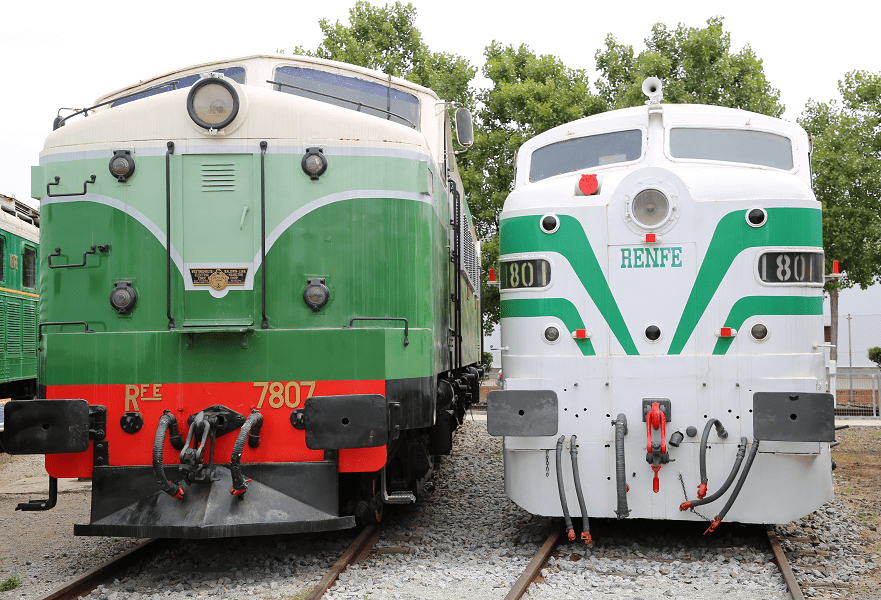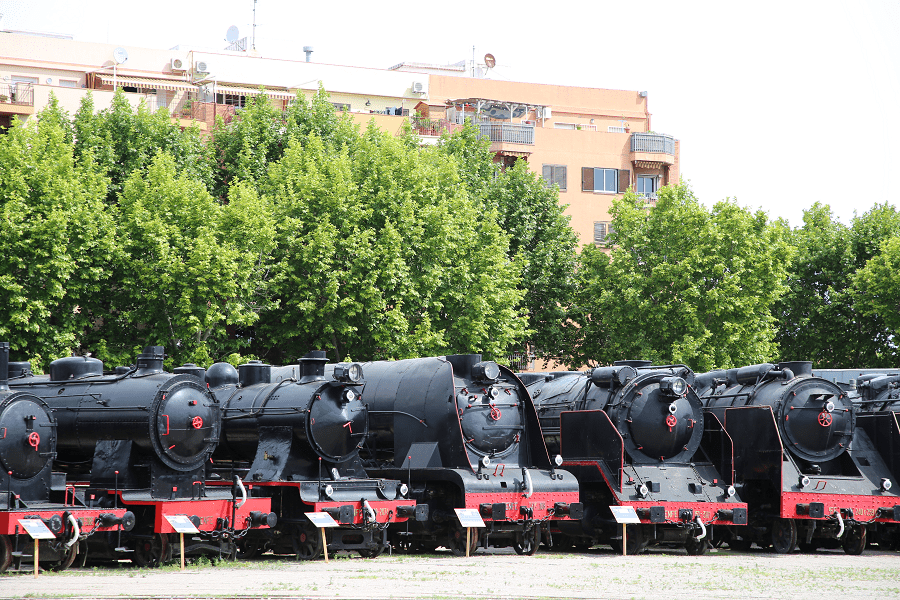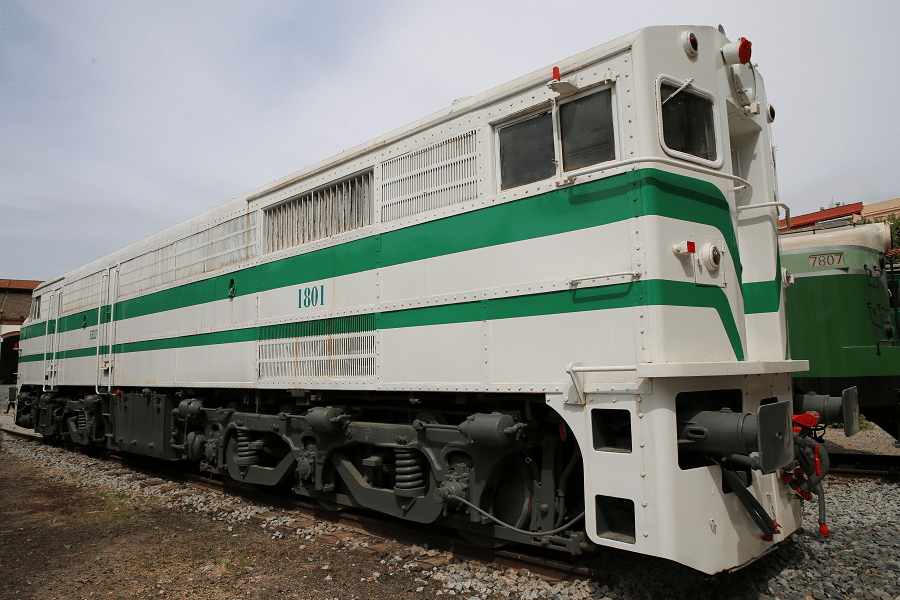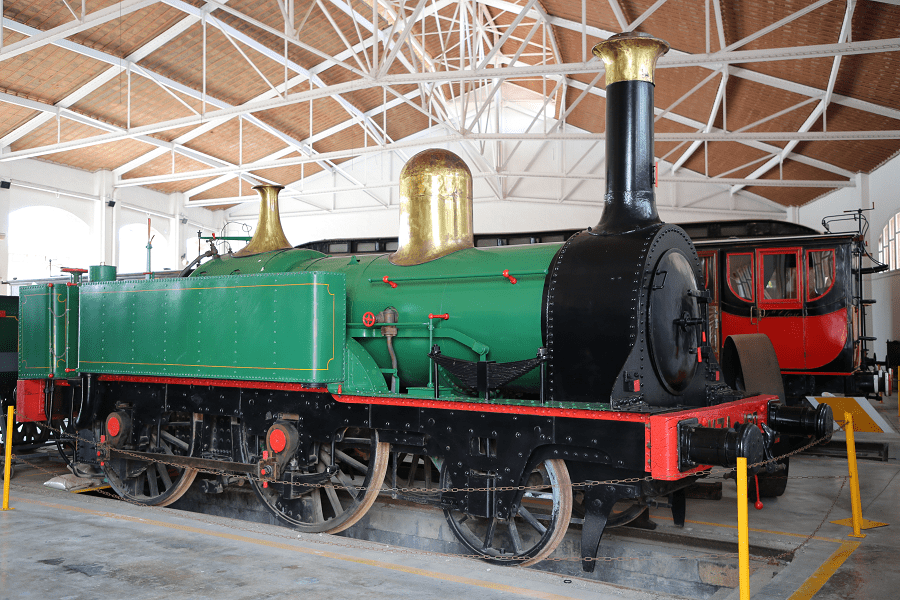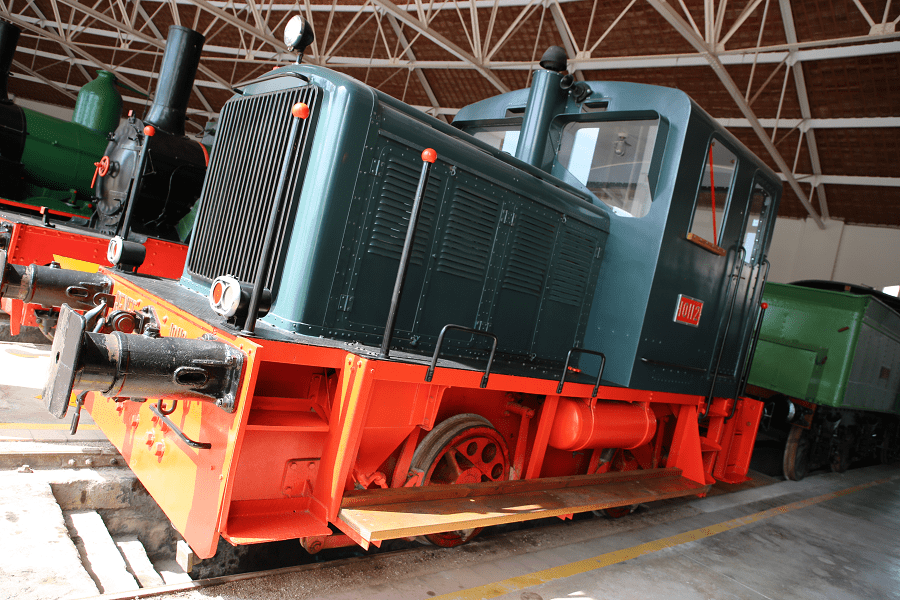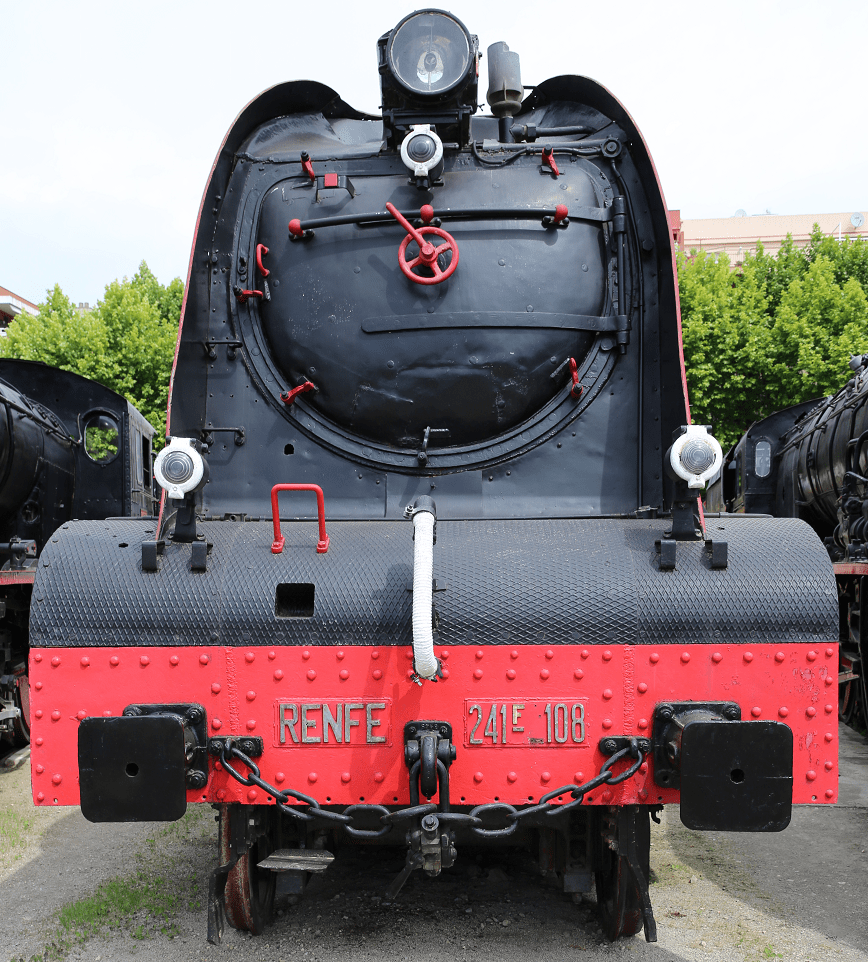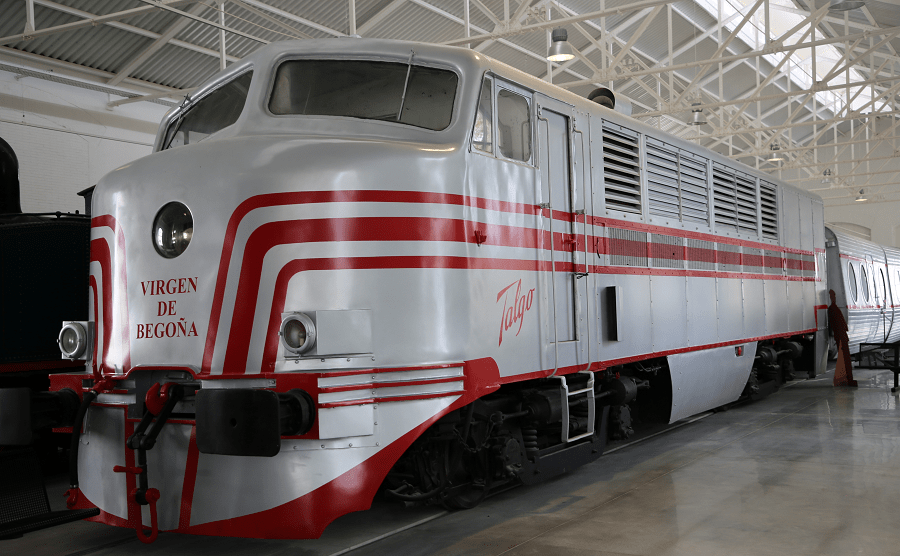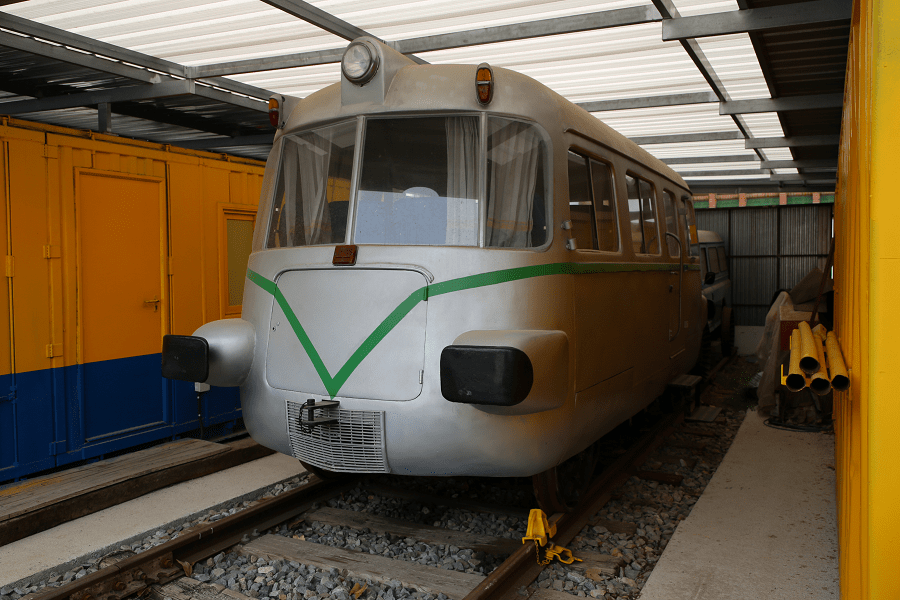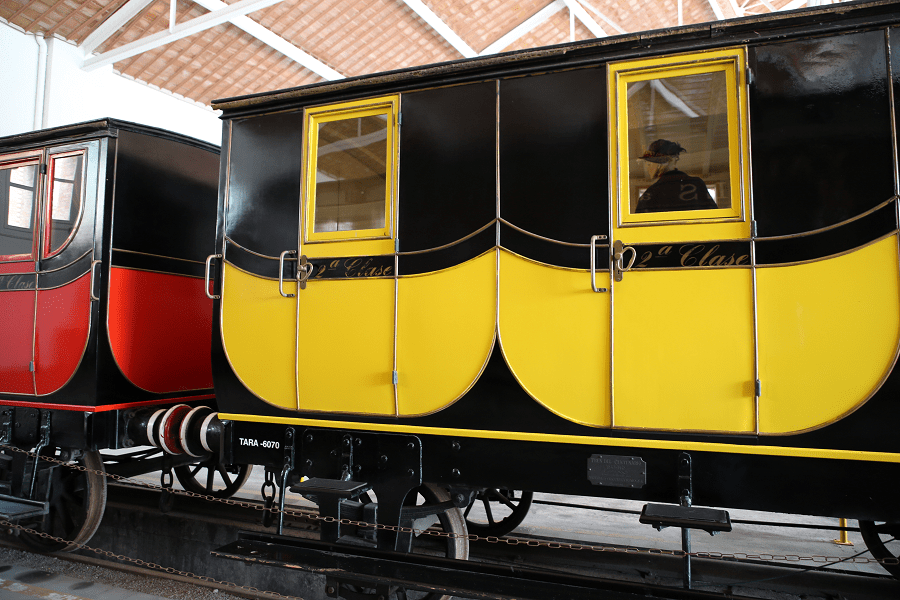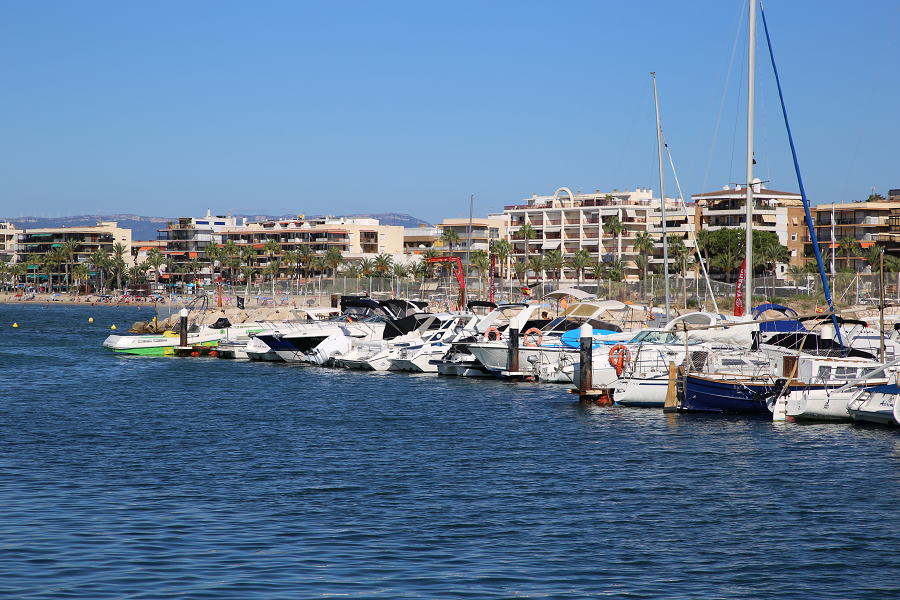The collection of the Catalonia Railway Museum (Cat. El museu del Ferrocarril de Catalunya) is considered one of the most important industrial railway collections in Spain. In 1981, marking the centenary of the commissioning of the Barcelona – Vilanova i la Geltrú line, Renfe and the Generalitat de Catalunya took the initiative to create a Catalan Railway Museum. This cultural site dedicated to the history of the railways is located in Vilanova i la Geltrú, not far from Barcelona.
Today it is a space with a total area of 17,000 m² (13,000 m² under the open sky), which is a historical monument.
The museum was opened on August 5th, 1990. It is run by the public cultural institution Fundación de los Ferrocarriles Españoles (ffe.es), established to restore, preserve and disseminate the historical heritage of the history of the railways.
In 1999 the museum was certified with the Register of Museums of Catalonia. Shortly thereafter, it became part of the network of museums of the National Museum of Science and Technology of Catalonia (mNACTEC).
There are about 50 trains of all types collected here: steam locomotives, electric and diesel trains, as well as old “travel carriages” of a variety of options. Here you can also see the “Train of the Century”, the only existing copy of the first steam locomotive in the Iberian Peninsula served between Barcelona and Mataro in 1848.
It also houses the first Talgo steam locomotive, launched in 1950.
The Caldes locomotive, which is kept in the museum, is the oldest locomotive in Spain.
The collection contains 28 steam locomotives, among which there are steam locomotives of the late 19th century. Among them are two of the oldest in Spain: the MZA 168, known as Martorell from 1854, and the MZA 246, nicknamed Mammoth, produced in 1857.
Among the passenger carriages: three wooden carriages (1947) of the “Hundred Years Train”, reproductions of those that worked in 1848, a third class carriage, also made of wood (1905), to which all visitors of the museum have free access, and HARLAN 1881 of the same year (United States of America), which together with Bogie HARLAN is the original American “travel car”. Such carriages were the first to run on the line between Barcelona and Vilanova in 1881.
Some of the locomotives on display can be “explored” by climbing into the driver’s cab or looking out the window, imagining what the trains looked like and how passengers traveled in those days.
Steam other exhibits are Andaluces 4, North 1653 (used in northeastern Spain), passenger West 9 and West 77, the most powerful steam locomotive of its time Santa Fe (151F-5001), two Renfe (240F-2591 and 240F-2705) and, finally, Mikado (141F-2101 and 141F-2348), which was symbolically used in the museum to demonstrate the operation of the steam engine.
Another important asset is the Talgo locomotives, diesel trains.
Among the electric trains on display: Norte and Renfe 7001, Norte and Renfe 7206, Estado-Renfe 1000-1004, Renfe 7807 and Renfe 7652, which are part of the collection but are not exhibited in the museum.
The museum has expanded its exhibition space with Espai Mercaderies, where you can see different types of original wagons that were used to transport different products. A contour railway appeared in the part of the open-air museum, where you can see different types of sleepers, repair equipment, the first iron bridge built in Spain in 1868 (Pont de Pineda), railway traffic lights, a sculptural concept of the work of a Catalan sculptor , artist and art critic Josep Maria Subirachs, created for Sants station (Barcelona) in 1979.
Opening hours:
The museum is open from Tuesday to Sunday from 10:00 to 14:30; on Saturdays from 10:00 to 14:30 and from 16:00 to 19:30.
The day off is Monday.
Tariffs:
Adult: € 6.50.
Individual excursions for groups of up to 10 people: 70 euros.
Excursions for school groups: 30% discount on the total ticket price.
Children: € 5.00.
Discounts: € 3.25
How to get there?
By train: From Barcelona and Sant Vicenç de Calders, line R2 (south of Rodalies de Catalunya).
By car: via AP7 and C32.
City buses: L1 (Tacó – Camping), L2 (Camping – Tacó), L3 (La Masia Nova – Fondo Somella) and L4 (La Collada – Masia Nova).
Intercity bus routes: Vilanova-Sitges, Vilanova-Barcelona, Vilanova-Tarragona, Vilanova-Vilafranca-Barcelona.
Check here French Cité du Train in Mulhouse



